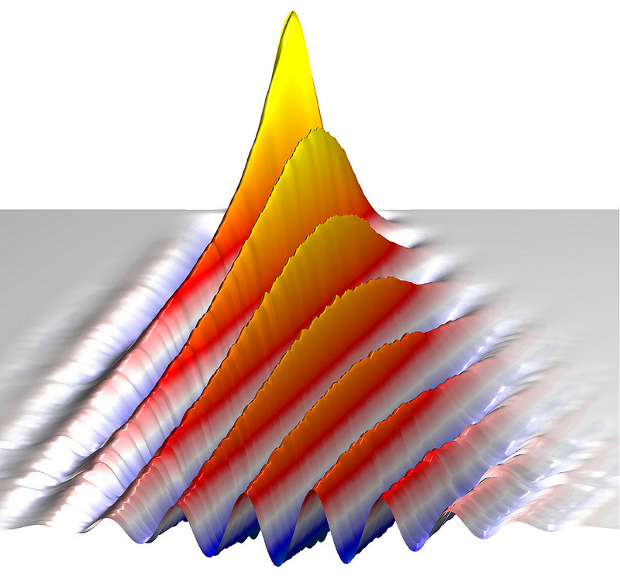IBM and ETH Zurich university’s researchers have directly mapped the formation of a spin helix in a semiconductor, in a step that could one day lead to smaller, more power-efficient computers.
In theory, the emerging technology will allow for smaller devices that are much more power-efficient than those available today.
 Electronics is based on manipulating the electrical charge of electrons. However, semiconductors are getting smaller and at some point soon it will no longer be possible to control the flow of electrons in this way.
Electronics is based on manipulating the electrical charge of electrons. However, semiconductors are getting smaller and at some point soon it will no longer be possible to control the flow of electrons in this way.
However, electrons also spin. The field of spintronics capitalises on the idea of controlling the direction of that spin and using it to store or process data. Compared to standard electronics, this uses less energy, allowing for smaller batteries, and produces less heat, lessening the need for cooling systems.
The announcement revealed that the researchers had not only got a collection of electrons spinning synchronously, but that they had also been able to view the result for a reasonable amount of time.
According to the researchers, electrons can spin in much the same way as partners dancing the waltz.
“If all couples start with the women facing north, after a while the rotating pairs are oriented in different directions,” researcher Gian Salis said in a statement. “We can now lock the rotation speed of the dancers to the direction they move. This results in a perfect choreography where all the women in a certain area face the same direction. This control and ability to manipulate and observe the spin is an important step in the development of spin-based transistors that are electrically programmable.
The scientists monitored the formation of the spin helix using a time-resolved scanning microscope technique. They were able to observe the spins travelling for more than 10 micrometres.
However, they did all this at -233 degrees Celsius. This is one of the big problems with spintronics at the moment — it will need to work much closer to room temperature if it is to become viable in everyday systems.




